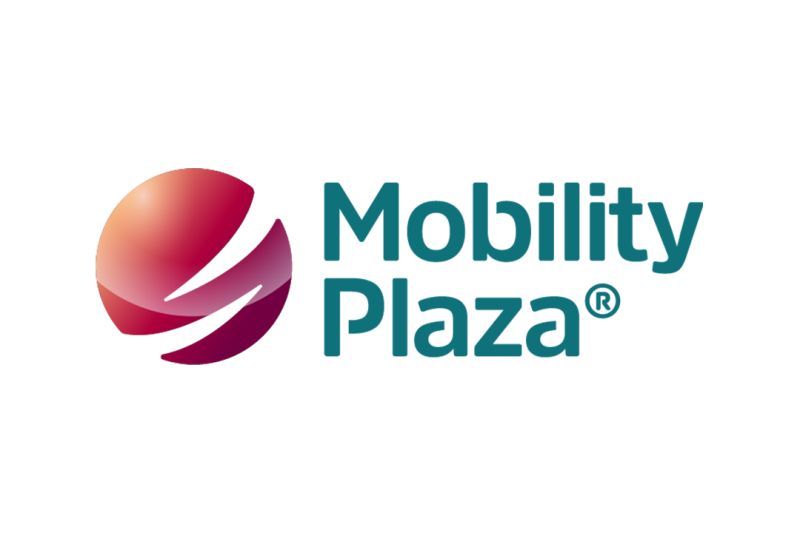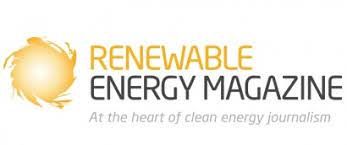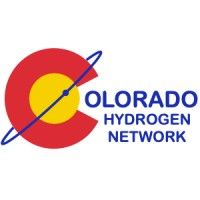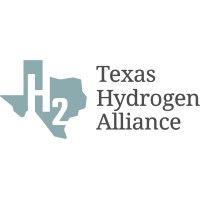Hydrogen ICE Engineering for Heavy-Duty Applications
Hydrogen as an energy carrier is becoming more promising for the mining industry as an alternative decarbonization solution moving away from fossil fuel-based applications. Fossil fuel-based energy sources such as diesel, natural gas/propane, are the principal source of greenhouse gas emission in the upstream mining operations, especially for off-grid and remote mines. Mobile equipment, underground mining ventilation heating, and electricity generators in off-grid mines are the principal areas where hydrogen can be introduced. To safely deliver hydrogen to each one of those mentioned areas, a sophisticated infrastructure of distribution system is required to be installed. The current study provides a risk assessment overview from production/storage on a mine site to utilization of hydrogen for mobile equipment. It also highlights potential mitigation measures to improve high risk components in a mining practice. An update on hydrogen codes, standards and regulations gap analysis is also provided. To promote the adoption of hydrogen-based technologies as well as their relative infrastructure in a mining operation, appropriate standards are required to be developed to support safe utilization of hydrogen in mining practices.
CanmetMINING as one of Natural Resources Canada (NRCan) branches continues to promote its hydrogen roadmap for the Canadian mining industry. CanmetMINING’s hydrogen roadmap consists of three applicable research and development streams being:
- Assessment of the impact of Hythane on current underground mine ventilation heating infrastructure fed by the pipeline distribution network
- Hydrogen internal combustion engine (HICE) safety and emission assessment for engine certification process
- Hydrogen distribution and utilization infrastructure best practices; and supporting the development of relevant codes-standards-regulations




)
)
)
)
)
)
)
)


)
)
)
)
)
)
)
)
)
)
)

)
)
)
)
)
)
)
)
)

)
)
)
)
)
)
)

)
)
)
)
)

)
)

)
)
)
)
)
)
)
)

)
)
)
)
)
)
)

)
)

)
)
)
)
)
)
)
)


)
)
